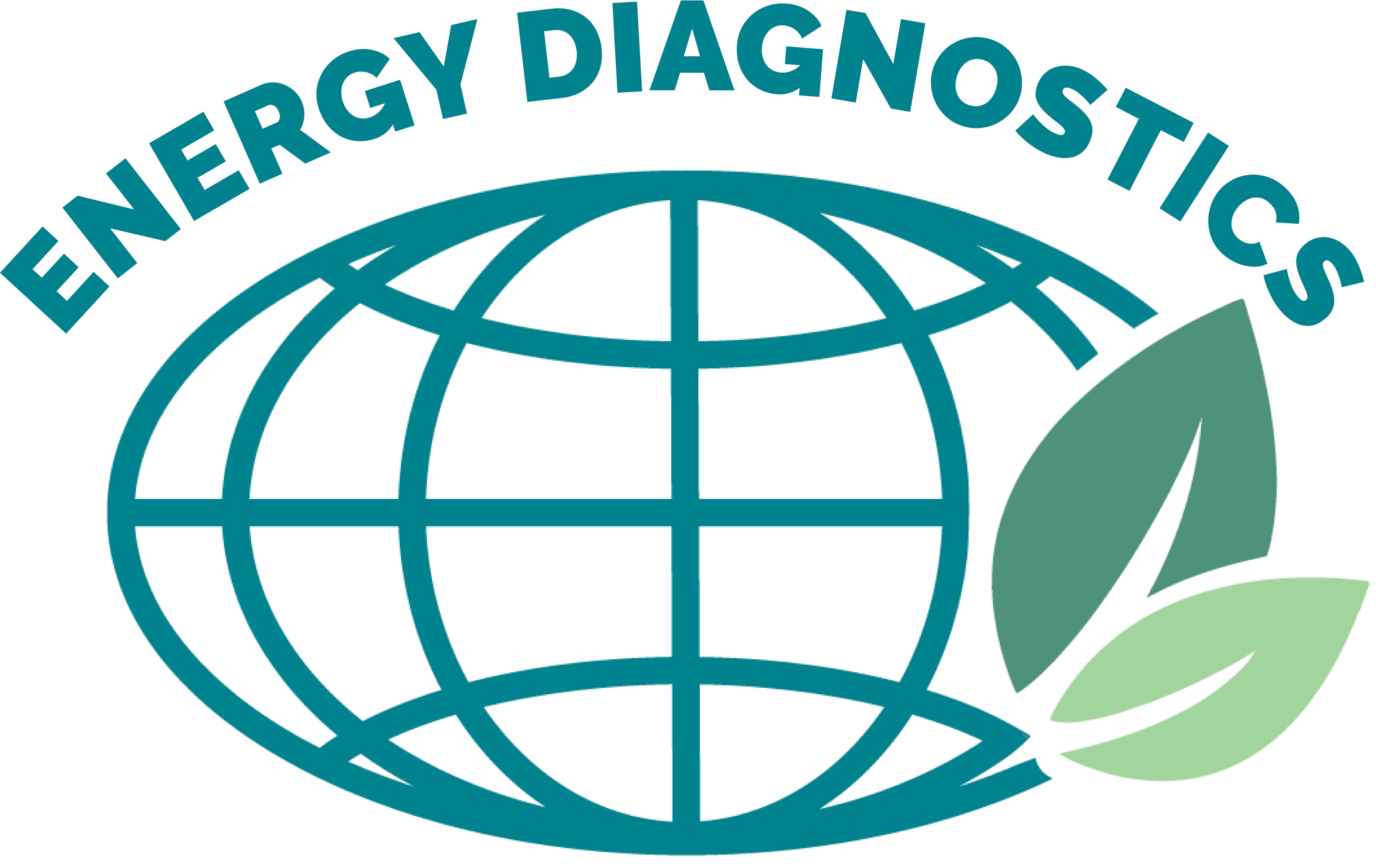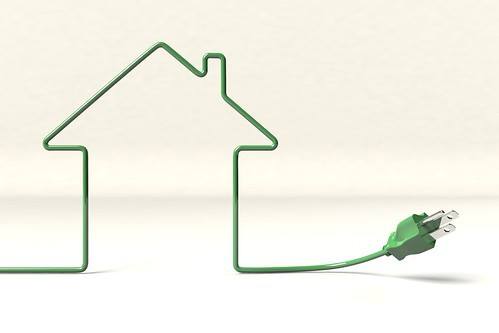Commercial and residential construction affects the environment during the entire life cycle from construction through the use of the building and eventual renovation or demolition. Monitoring how the construction life cycle, directly and indirectly, affects the environment is becoming a more visible part of the construction industry. Green building standards, including certifications and rating systems, protect the environment while increasing marketability and value. Some states also require green certification for a variety of construction projects.
What Is Green Building?
Green building is a way to mitigate energy use, air and soil pollution, raw material use, and other environmental impacts through a structure’s life cycle. Known as sustainable design, green building seeks to create buildings and residences that balance the needs of occupants, the environment, and the budget. It can cost more upfront, but it will pay dividends through increased marketability and reduced energy costs. Builders may also qualify for special tax credits and gain a competitive edge in securing projects through green building techniques.This concept can also apply to modifying or remodeling existing buildings, which can also benefit from green building techniques that reduce energy use and environmental impacts. Green building encompasses design, development, energy efficiency, construction materials, and appliances. Green building may be done through required or optional certifications or mandatory green building codes.
Image via Flickr by ccPixs.com
What Are Green Building Standards?
Standards for green building began appearing in the 1980s and were more prominent when the first standards were created in 1990 with the Building Research Establishment’s Environmental Assessment Method (BREEAM). In 2000, the Leadership in Energy and Environmental Design (LEED) standards were introduced by the U.S. Green Building Council (USGBC). These standards and many others serve as guidelines and criteria for green construction that certification agencies set.
LEED has become a significant standard that encompasses construction, existing buildings, and even entire neighborhoods. LEED certification measures areas including sustainable building sites, water efficiency, energy use, materials and resources, indoor environmental quality, and innovative design.
The National Green Building Standard (NGBS) is a certification that helps homes and residential communities stand out as environmentally friendly, qualify for tax incentives, and increase property values. Certification verifies green building practices in six areas: lot design and development, resource efficiency, water efficiency, energy efficiency, indoor air quality, and building operation and maintenance.
Builders seeking certification should develop a plan for incorporating green construction techniques and materials that will lead to certification. Certifying agencies likely will have resources to assist with planning for achieving the targeted certification level for the project. Verifiers will oversee the process, inspect the site as construction proceeds, and give advice on how to maximize energy efficiency and other green building goals. Certification of a residential or commercial building typically include registration, fees, reviews of the design and construction, and final certification.
What Are Green Product Certifications?
In addition to construction design, the materials used for construction also have certifications that show they meet the criteria for standards of environmental friendliness. Indoor air quality concerns, resource conservation, environmental effects of manufacturing, using, reusing, and disposal of materials have increased the number of green products in the marketplace. There are close to 100 green product certifications in the United States.
Green product certifications are based on single or multiple factors, including energy use, manufacturing processes, recycled content, and chemical emissions. An independent third party typically does certifications. Energy Star is an example of a single-attribute certification based on the energy use as reported by the manufacturer or a third party. It’s a government certification that is managed by the Environmental Protection Agency and the Department of Energy.
Green Seal is an example of a multiple-attribute certification that considers multiple criteria over the product’s life cycle. It covers building products such as paints, adhesives, lighting, and windows.
What Are Green Building Codes?
In addition to standards, building codes are also becoming green. Known as green building codes, they guide building design and construction using more sustainable means. Building codes are mandatory, unlike building rating systems that may or may not be required based on the construction contract.
Green building codes are adopted in two main formats, prescriptive and performance. Outcome-based codes are a third option that is becoming an option as well. Prescriptive codes, like they sound, prescribe the specifications for the material and equipment for construction. Performance-based green construction codes are focused on the results rather than the materials used to achieve those results. The third option, outcome-based codes, includes targeted energy use levels and criteria to measure and report the energy use of a building.
Is Green Building Required?
Most commercial construction projects require some green certification, which is determined by the state. Construction projects sponsored by governmental agencies are more likely to have green building requirements to ensure energy efficiency, sustainable development, and healthy indoor environments.
Low-Income Housing Tax Credit (LIHTC) developments often have energy efficiency requirements set by the state. State agencies receive and distribute tax credits from the federal government and can attach green building requirements and third-party certification for eligibility. Developers of housing using this tax credit can be more competitive in the marketplace by selecting the best green construction components, the ones with the greatest return in energy efficiency and sustainability while keeping within a budget. Energy audits and energy modeling are solid tools for evaluating options.
A Qualified Allocation Plan (QAP) may also distribute Low-Income Housing Tax Credits, combining state and federal programs. This type of program may focus on initiatives like green design, community development, and people with disabilities. QAPs often seek sustainability of affordable rental housing for a state’s residents, specifying minimum standards for green building certification through various certifying agencies. Green building requirements may apply to both new construction and rehabilitation.
Green construction creates energy-efficient buildings that are more marketable, hold more value, and use less energy. If you have questions about how green building certifications affect your business, feel free to speak with the knowledgeable and helpful team at Energy Diagnostics, Inc. Contact us today to find out more about our services.

